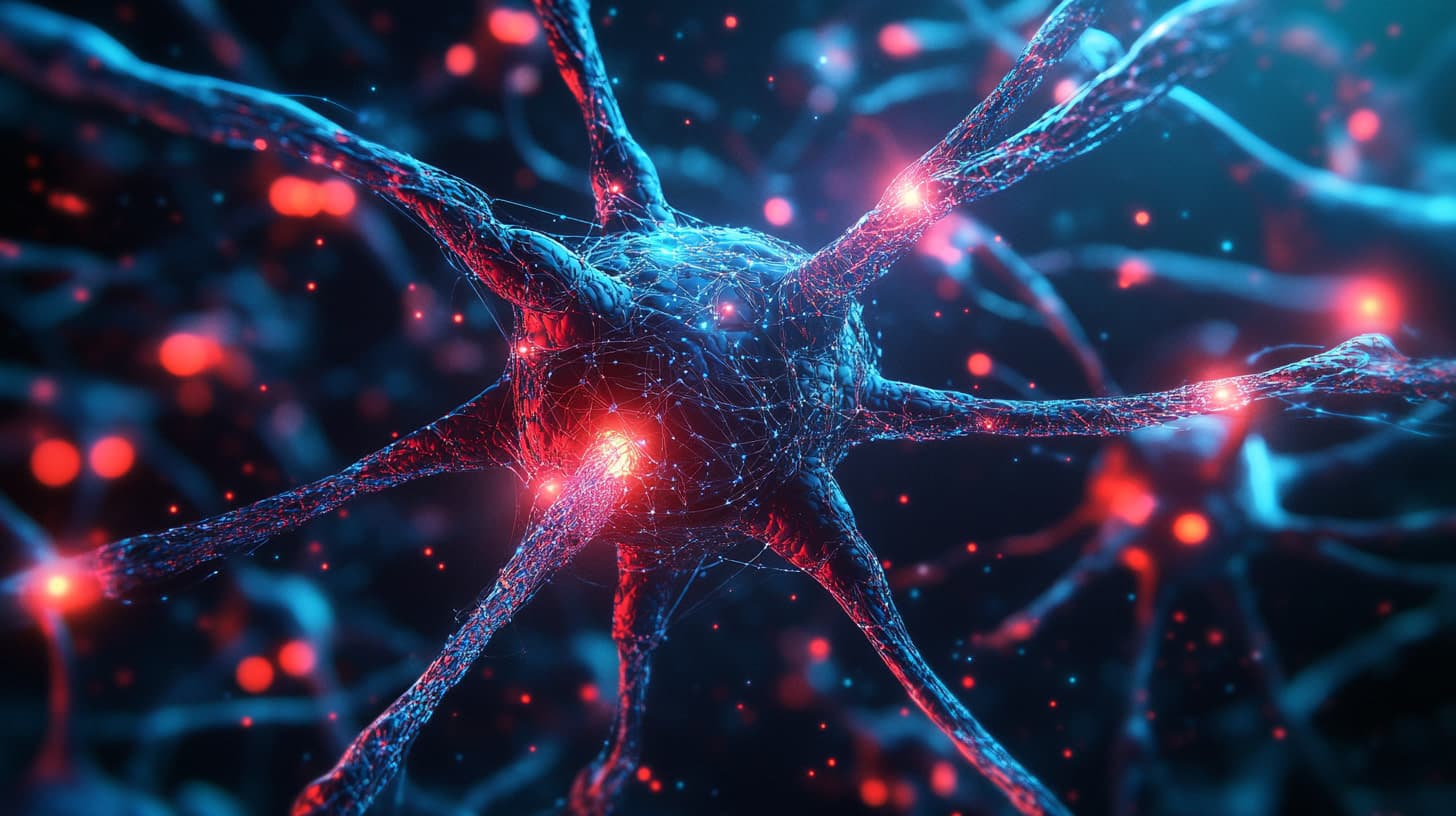Here Are 6 Reasons Why Vector Databases Are the Future of AI

Data management and retrieval are two abilities that artificial intelligence (AI) can excel at. It’s all thanks to vector databases. The guide you’re reading right now will go into six reasons why they will lay the groundwork for AI’s future. We’re excited to share the details so let’s jump in.
1. Enhanced Efficiency in Handling Unstructured Data
Unstructured data is AI’s lifeblood. All of this can be found across different mediums like text, images, and videos among others. Vector databases do things that no traditional database would ever do. That is being able to handle this kind of unstructured data.
Understanding Unstructured Data
The data that is raw and unorganized is labeled unstructured. Sounds like a simple definition does it not? AI models need this to understand the user needs and queries and be able to provide a human-like output. That is where vector databases will be useful here since it will take that unstructured data and convert it into something much cleaner and easier to understand for AI algorithms.

The Role of Vectorization
At this stage, that unstructured data will be turned into vectors. Specifically, it will be numerical representations of that same data. AI models will use this data to perform the tasks necessary from NLP to recognizing images. It will also be able to handle data to the point where retrieval will be faster and accurate.
Enhancing Machine Learning Processes
Machine learning processes will also use unstructured data. As a result, its predictive capabilities will be even better. Vector databases will ensure that data storage and retrieval operate on a structured framework. Machine learning models will have plenty of data sources to work with so it can learn to better itself when it comes to more informed decisions and other functions.
2. Improved Search Capabilities
A user’s search capabilities can be better with vector databases. As a result, an AI model will be more sophisticated and able to meet user demands.
From Keywords to Concepts
Keywords are what traditional search engines depend on. Unlike traditional databases, which rely heavily on the relational model, vector databases are built upon a more fundamental concept. This makes them fundamentally different and conceptually superior. It is hard to imagine a “better way” to achieve what the vector databases do.
They represent a concept-based structure, which is being used more and more for AI applications—especially when going beyond the traditional search capabilities that depend on understanding and retrieving necessary information from large amounts of text.

Enhancing Semantic Search
Vector databases offer a feature called semantic search. The AI system will be more intelligent thanks to this feature in particular since it will scan user inputs and find the real meaning or term behind it. It then scans the universe of words and concepts for your answer.
Unlike traditional database search engines, which perform a fairly dumb word-for-word match, a semantic search performed by a system using a vector database can yield results that are accurate and more relevant to you.
Utilizing Natural Language Understanding
Another crucial element is natural language understanding (NLU). This artificial intelligence (AI) technology is essential for the next generation of intelligent systems because it enables machines to comprehend the human language we use every day, whether in conversation, text, or some other format.
NLU, when properly implemented, allows for a much broader semantic understanding of intent and meaning, thus making it far better for “language comprehension tasks” like summarizing a text or performing sentiment analysis.
3. Scalability for AI Applications

AI applications are data-hungry and require scalable solutions to manage the ever-increasing volumes of information. Vector databases are inherently scalable, designed to grow with your AI application.
Efficient Data Partitioning
Scalability in vector databases is achieved through efficient data partitioning strategies that distribute the workload across multiple nodes or servers. By dividing the data into smaller chunks and processing them in parallel, vector databases can handle massive datasets with ease, ensuring optimal performance even as the data volume grows.
Automated Data Replication
To ensure high availability and fault tolerance, vector databases employ automated data replication mechanisms that create redundant copies of data across different nodes. This redundancy not only enhances data durability but also enables seamless failover in case of node failures, ensuring uninterrupted operation of AI applications.
Dynamic Resource Allocation
Scalability in vector databases is further enhanced by dynamic resource allocation capabilities that allow the system to adapt to changing workloads. By intelligently allocating computational resources based on demand, vector databases can maintain consistent performance levels even during peak usage periods, ensuring a smooth user experience.
4. Facilitating Real-Time Data Processing

In the world of AI, the ability to process data in real-time is a game-changer. Vector databases excel in this area, providing the speed and efficiency required for immediate data analysis and decision-making.
Streamlining Data Ingestion
Real-time data processing demands efficient data ingestion mechanisms that can handle high-velocity data streams. Vector databases streamline the process of ingesting real-time data by leveraging optimized data structures and indexing techniques, ensuring minimal latency and high throughput for time-sensitive applications.
Enabling Predictive Analytics
Real-time data processing capabilities of vector databases empower AI applications to perform predictive analytics tasks in a responsive manner. By continuously analyzing incoming data streams and updating predictive models on the fly, vector databases enable organizations to make data-driven decisions in real-time, gaining a competitive edge in dynamic environments.
Integrating with Streaming Platforms
Vector databases seamlessly integrate with popular streaming platforms such as Apache Kafka and Amazon Kinesis, enabling AI applications to consume and process real-time data streams directly from these sources. This tight integration simplifies the development of real-time analytics solutions and accelerates time-to-insight for organizations seeking to harness the power of streaming data.
5. Supporting Complex AI Models
As AI models become more complex, the need for sophisticated data management solutions grows. Vector databases are uniquely equipped to support these advanced models.
Enabling Deep Learning Workflows
Deep learning, a subset of machine learning that mimics the human brain’s neural networks, requires vast amounts of data for training complex models. Vector databases provide the storage and retrieval capabilities necessary to support deep learning workflows, enabling researchers and data scientists to build and deploy cutting-edge AI applications that leverage neural networks for advanced tasks like image recognition and natural language understanding.
Optimizing Model Training
Training AI models involves iterative processes that require efficient data access and manipulation. Vector databases optimize model training by providing fast read and write operations on large datasets, reducing the time taken to train complex models and accelerating the pace of innovation in AI research and development.
Enabling Transfer Learning
Transfer learning, a technique that allows AI models to leverage knowledge from pre-trained models for new tasks, relies on efficient data storage and retrieval mechanisms. Vector databases facilitate transfer learning by storing feature vectors extracted from pre-trained models and enabling seamless integration with new datasets, empowering AI systems to quickly adapt to novel scenarios and domains.
6. Enhancing Data Security

In the era of big data, security is a top concern. Vector databases offer advanced security features to protect sensitive information, making them a safe choice for AI applications.
Implementing Encryption Standards
At all times, your most delicate information must be safeguarded. To accomplish this, you need to adopt encryption standards that are based on tried-and-true algorithms and protocols of the type that the rest of the industry uses. Only people with the right kind of access will be able to handle the data.
Role-Based Access Control
Establish guidelines that will determine who in the organization can access the data. Furthermore, these guidelines will also dictate who can oversee and alter the data itself.
Monitoring and Auditing Capabilities
Finally, vector databases are vital to make sure that everything works properly, that we are in good standing, and that information is safe and sound. We will be auditing all kinds of things, from the use of the systems we provide to the use of the data stored within those systems.